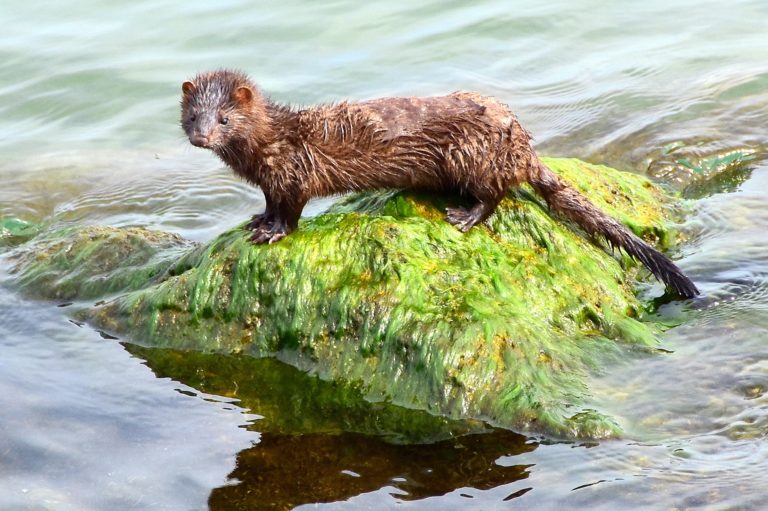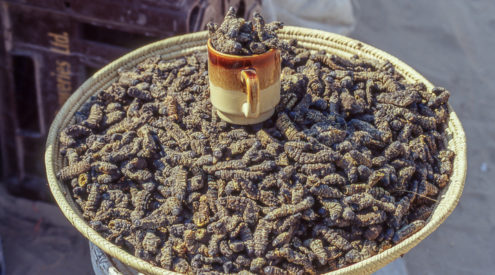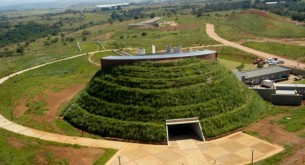Mass graves in Denmark containing millions of mink that have been culled to halt the spread of COVID-19, could potentially contaminate groundwater, according to The Guardian.
Denmark, which is the world’s largest exporter of mink fur, announced plans to cull as many as 15 million mink across hundreds of farms last month.
This came after scientists discovered a mutated version of the virus was present in the mink and had spread to humans.

Danish authorities were unable to cremate such a large number of dead animals at once, leading to authorities burying millions of mink in shallow, 2-metre pits located in West Jutland, at a military training area.
A local Danish Radio station, Radio4, has since reported on a study conducted for the Environmental Protection Agency, which suggests groundwater in the area may already have been contaminated by fluid from the decomposing bodies.
‘If it flows towards the drinking water, then it poses a huge risk,’ said Susan Münster, chairman of Danske Vandværker, the industry organisation for Denmark’s water supplies to Radio4.
The ministry of food, agriculture and fisheries has also recently admitted that it could not account for each individual animal, according to reports from state broadcaster, Danmarks Radio.
‘It may seem wildly questionable when you hear it, but we cannot account for every mink,’ said Rasmus Prehn, Agriculture Minister. ‘You can tear your hair out that it can be like that, but it is unfortunately the truth. It is not unlikely that more have been buried than thought, that is our best bet at present,’ he added.
Records show that around 10,400 tonnes of mink are in the two mass graves in Holstebro and Karup in western Denmark. A further 14,000 tonnes have been processed by a plant normally used by the fur industry. 2,300 tonnes have been incinerated or await incineration, leaving around 4,700 tonnes of mink unaccounted for, as reported by the Guardian.
‘The environmental impact is obviously different depending on how many tonnes of mink are buried in these graves. Citizens who live close to the graves are entitled to know how many there are,’ said opposition Liberal party official, Ulla Tørnæs to Radio4.
The burial sites are now being guarded 24 hours a day to keep people and animals away.
Picture: Pixabay
















